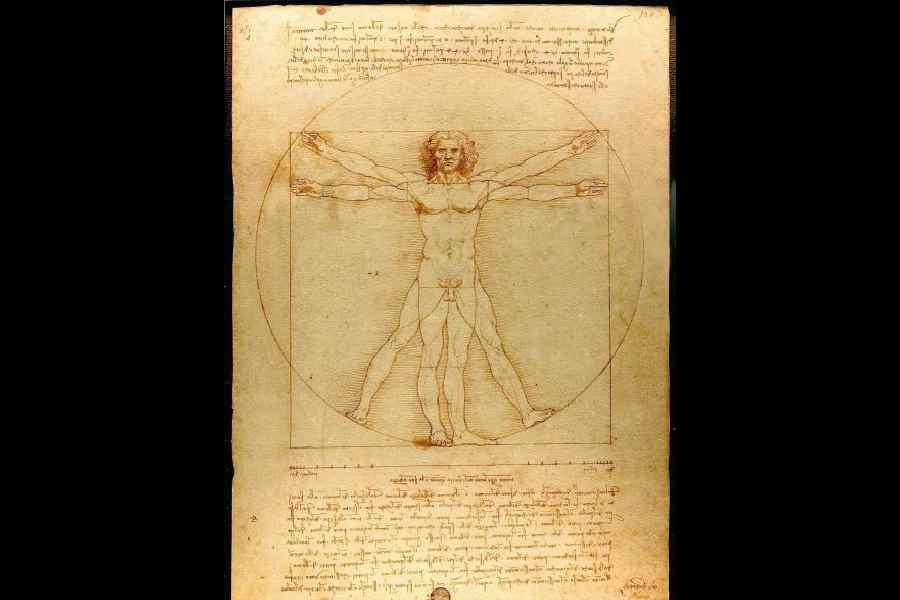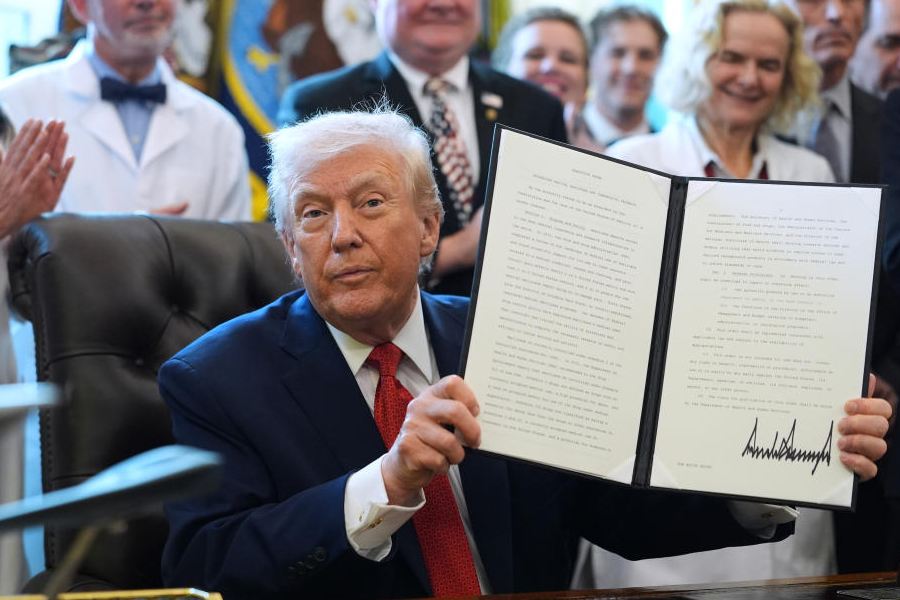About 20 years ago, I attended an international conference on cancer in Mumbai. A clinician described a set of patients who came to his clinic with early stages of oral cancer. During follow-up, he found that in some patients their cancer grew rapidly and spread while in other patients there was minimal growth and no spread. A discussion followed and the consensus was to understand the cellular composition of the cancer in each patient and investigate differences in their compositions. Everyone felt the cellular compositions would provide clues to predict which type of cancer will grow rapidly and spread.
The human body comprises 37.2 trillion cells of different types. Different tissues of the body are made up of different types of cells and in varying proportions. Different cell types execute different tasks. For example, the immune cell types, such as T cells, B cells and macrophages, protect us from infections. Epithelial cells cover the body surface and many internal organs. These cells perform a variety of functions including excretion, absorption, filtration and sensory reception.
While it has been possible to distinguish many cell types by their shape determined under a microscope, it was recognised that this method was rather superficial. Unfortunately, the lack of better methodologies did not permit deep, objective and systematic cataloguing of the cellular composition of any tissue.
Recognising that distinct cell types express different sets of genes, scientists and technologists began to work hard to develop technologies to assess gene expression in single cells.
Some technologies became available a few years ago. This has enabled the identification of cell types from gene-expression data and many new cell types have been discovered.
The need to identify the cellular composition of various human tissues, both in healthy individuals and in patients suffering from various diseases, propelled scientists to work together.
The first task was to create an atlas of cells of healthy individuals that could be used as a reference to understand the nature and extent of perturbations of cellular composition causing diseases. Scientists formed an open global consortium — the Human Cell Atlas (HCA) — to work together to accomplish this task.
The HCA was co-founded in 2016 by Sarah Teichmann of the Wellcome Sanger Institute in the UK and Aviv Regev, who was then at the Broad Institute in the US. Currently, HCA has 3,163 members from 97 countries; 91 members are from India. “Excitingly, the first HCA Atlases have been released this year, from the lung and brain,” says Teichmann.
When the task of building a complete atlas is accomplished, it will provide a basis for understanding human health and for diagnosing, monitoring and treating disease.
Already, single-cell atlas data have enabled the identification of a rare cell type in ulcerative colitis. In this condition, the digestive tract is inflamed and has sores. This cell type is extremely rare in healthy persons but is very frequent in ulcerative colitis patients.
The HCA is likely to impact every aspect of biology and medicine, propelling translational discoveries and applications; ultimately leading to a new era of medicine that will be more precise and more effective.
Soon after the initiation of activities to build a comprehensive encyclopaedia of healthy cells, HCA scientists recognised that the encyclopaedia should embrace the diversity of ancestries of humans and their lifestyles.
HCA co-founder Regev says, “In order to create a cell atlas that captures human diversity, it is vital to engage researchers from Asia, a continent representing 60 per cent of the world’s population.” The HCA Asia network was the first HCA regional network to be formed, which created the Asian Immune Diversity Network (AIDA).
Shyam Prabhakar of the Genome Institute of Singapore, who is also head of HCA Asia, says, “The purpose of AIDA is to understand how human biological diversity relates to variation in susceptibility to infectious and immune diseases by analysis of properties of single blood cells from people living in India, Japan, Singapore, South Korea
and Thailand.”
“This year’s meeting will continue the strong tradition of community building and scientific collaboration, and we are delighted to be partnering with the Liver Foundation of West Bengal to organise this meeting,” says John Randell, HCA’s chief alliance officer. Training and sharing of knowledge are two cardinal features of the HCA.
“These efforts within the HCA Asia network are helping to advance research and healthcare worldwide,” Regev adds.
The HCA has emphasised equity, diversity and inclusion of local communities in research design and implementation. In addition to being scientifically meaningful, a mantra of the HCA has been to be socially meaningful. The HCA has created an active outreach and education programme to enable local communities to undertake research. It has created local collaborative partnerships so that its research takes into account perspectives of diverse communities.
The data generated in the various projects are stored in global databases, stripped of all identifiers of sample donors. Access to the HCA databases is open, while at the same time portions of sensitive genetic data are kept under controlled access to protect individuals.
Says Teichmann, “Our goal is to create a representative atlas that will benefit humanity.”
The writer is National Science Chair (Scientific Excellence), Science & Engineering Board, Government of India











